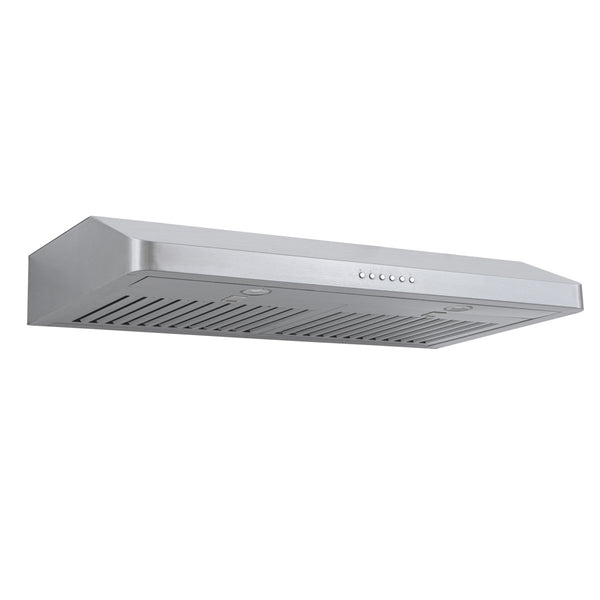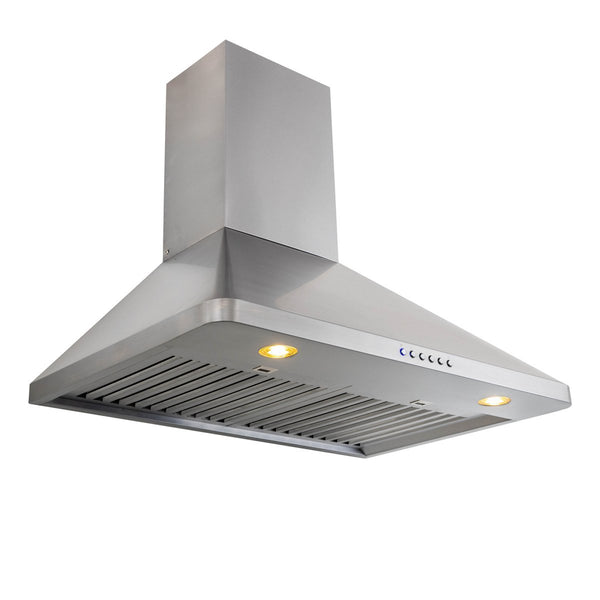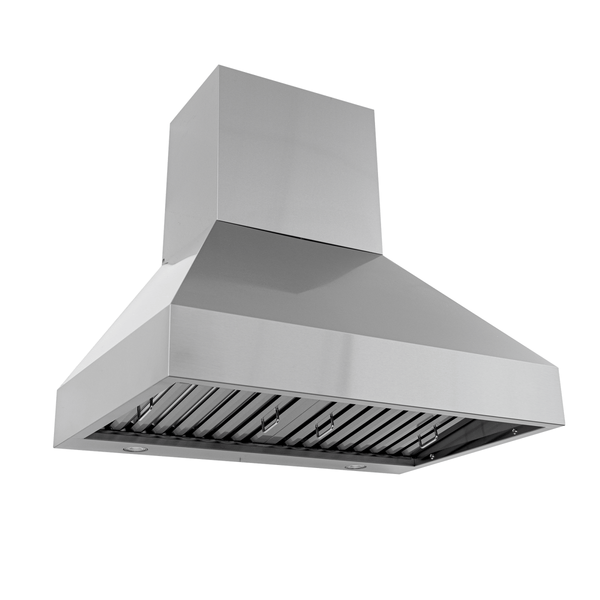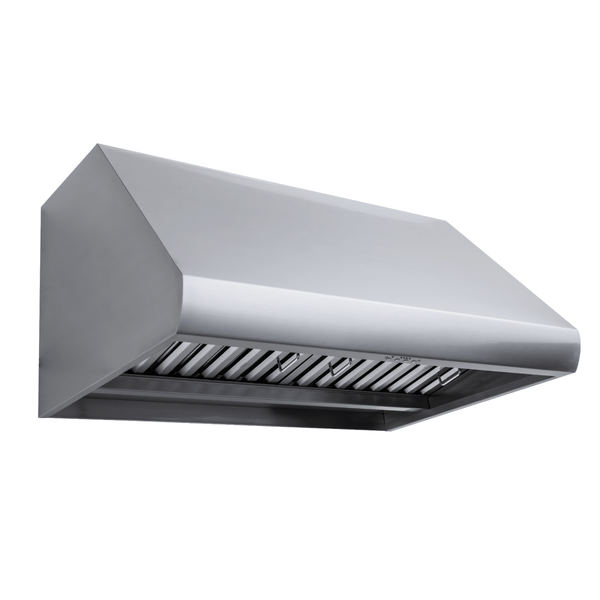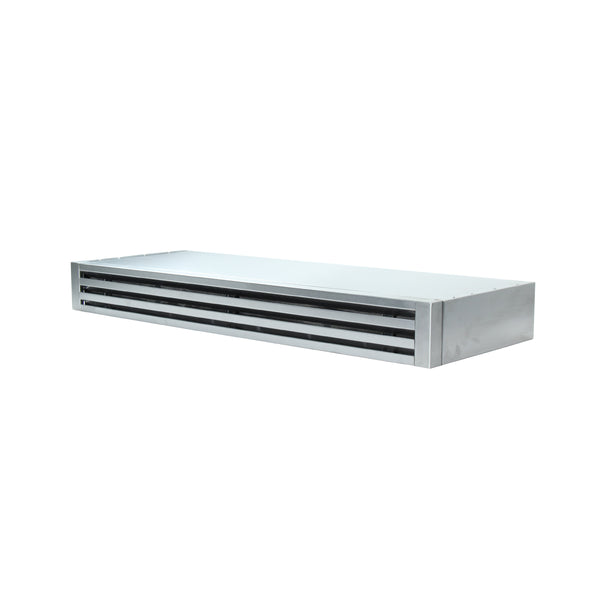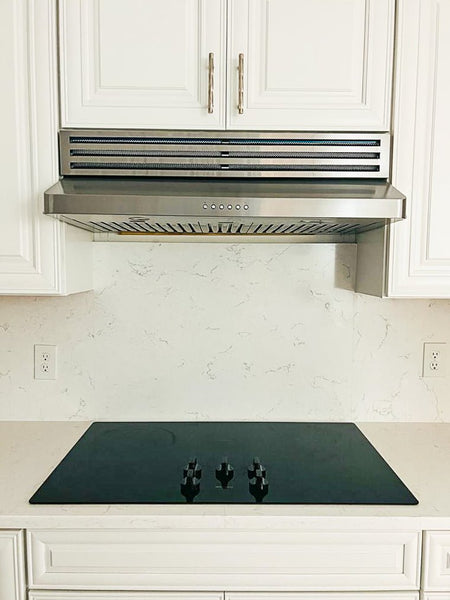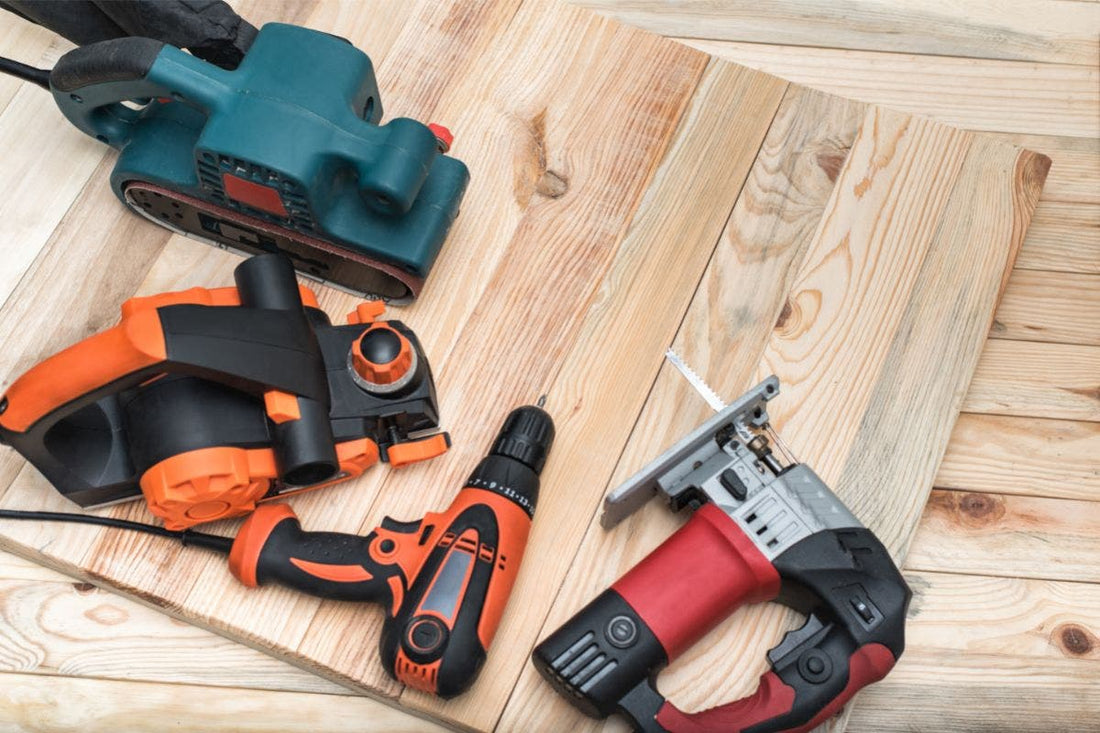Besides the standard screwdriver, pliers and hammer, every DIY beginner should also have some essential power tools in their toolbox.
While not everyone may feel comfortable with a nail gun or a circular saw, some power tools can make your life easier and you can get work done faster.
In this article, we take a closer look at the eight essential power tools that every DIY beginner should have at home.
There are many brands of power tools and it can be intimidating to figure out which brand or model of a particular tool is the best bang for your buck.
8 Best Power Tools For DIY Beginners
Power tools may be expensive but they can improve the quality of your building work and you can get the job done much quicker.
Saying this, you don’t have to always buy your power tools. More expensive saws and specialist tools may be cheaper to rent from your local hardware store.
You will find after a while that you’ll need certain power tools all the time, such as a power drill. These tools are worth buying.
Here is a list of our top eight power tools that will make short work of your new DIY project.
1. Power Drill
Once you buy your first power drill, you’ll realize that you can never have enough drills and drill bits.
There is a large range of different power drill brands and they all offer different bits and bit sizes.
The easiest type of drill to start with is a cordless power drill. It only comes with a battery, so you just charge the battery.
The advantage of cordless power drills is that you can take them wherever you want, which is handy when you don’t have a power supply nearby.
This being said, cordless power drills are often less powerful than corded drills. What type of power drill you buy depends on what kind of DIY project you plan to do.
The cordless option allows you to tighten screws and drill holes in some materials, whereas corded power drills can also drill holes into denser materials.
2. Cordless Nail Gun
Not every DIY project requires a nail gun but it’s still a great must-have power tool for fixing materials to wood. For example, in furniture restoration.
Similar to a cordless drill, the cordless version of a nail gun gives you the freedom to move around easily without having to worry about the nearest power supply.
In addition, with a cordless nail gun, you also won’t need an extra air compressor. You just charge the battery regularly and this tool is ready for the next DIY job.
3. Jigsaw
A jigsaw can be used for cutting almost any type of round or curved edge. You may also want to consider a cordless jigsaw but that’s not a must.
When you are new to DIY and you are on a small budget, then you will find that a corded jigsaw is much cheaper than the cordless option.
Just make sure that you also buy the suitable cut blades with the jigsaw. It’s a good idea to get a selection of cutting blades, then you can choose from a variety for the right job.
4. Oscillating Multi-Tool
Just as the name suggests, oscillating multi-tools have a surface that rotates and you can use them to trim off wood pieces or cut through boards.
It’s a great time-saving tool which is small enough to get into places where you wouldn’t be able to get to with other tools.
5. Miter Saw
Miter saws are more expensive than your standard jigsaw but you can get a smooth, clean cut with these handy saws.
You can use a miter saw for a range of different trimming and cutting projects that can’t be done with any other type of saw.
Saying this, this type of saw is ideal for single bevel trims. A miter saw is ideal for cutting a piece with precise measurements without any unnecessary calculations.
6. Orbital Sander
When you are buying a power tool, it’s a good idea to invest in a good-quality brand. They will last longer and they also come with more safety features.
A sander is ideal for any surface that you want to sand but you don’t have the time to go over it with standard sandpaper.
When you are working with a sander indoors, make sure that the room is ventilated properly and the dust doesn’t spread throughout the house.
A premium sander usually is better in this case as it contains the dust easier.
However, we always recommend that you do any sanding work outdoors so that you don’t have to worry too much about making a mess.
7. Table Saw
If you want to cut solid wood or larger boards, then a table saw can be much better than your standard circular saw.
You can get precise cuts without calculating any measurements. A table saw works in a similar way to a miter saw, just that this power tool is bigger and more expensive.
8. Circular Saw
It might take some time to learn how to use a circular saw but it’s a must-have power tool for everyone working on DIY projects.
While circular saws can look intimidating, they get a job done quickly and you can cut much wider wood pieces than with a miter saw.
Advantages Of Using Power Tools

If you are new to DIY, then you don’t want to spend a lot of money on tools. However, there are some great advantages to adding some essential power tools to your toolbox.
Saves Time
If you have ever tried to screw in a few screws with a screwdriver, and then tried fixing a few screws with a drill, then you can instantly see the time-saving.
More Efficient
Some DIY jobs simply cannot be done without basic handheld tools. You will need electric power tools to cut wood, metal and other materials.
Power Tools Are Versatile
You don’t have to use power tools only for your DIY projects in your home but they are also ideal for anywhere around the garden, shed and garage.
Suitable For Dense Materials
You can use power tools to get some of the tough jobs done, such as fixing concrete anchors or trimming solid wood.
Especially when working with concrete walls and floors, you simply need power tools.
Power Tools Are Safer
It may not look like it but power tools are designed with safety in mind. When you buy a good-quality brand, then this can ensure that you use the tool correctly.
Saying this, it’s still essential that you read the instructions and make sure you follow the manufacturer’s advice on how to use your power tool.
Important Safety Gear When Working With Power Tools

Power tools can be dangerous when they aren’t used correctly. That’s why, when you plan to work with new power tools, it is important to read the manufacturer's instructions first.
Each power tool has a slightly different way of working, so even if you already have some power tools, make yourself familiar with the workings of this power tool.
This being said, you should always wear suitable protective gear for your DIY project.
Whether you produce a lot of dust when sanding or there are wood pieces flying around when using your jigsaw, safety gear is a must-have for all DIY beginners.
Gloves
When you are working with jigsaws, circular saws and table saws, then wearing gloves can help you protect your hands.
But protective gloves also have another useful feature. They keep the heat away from your hands when you are working with metal.
Check with your local hardware store about what kind of protective gloves will be best for your DIY project.
Mask
Almost any DIY project produces some form of dust. Wearing a protective mask can protect you from inhaling wood dust and other dust particles that could damage your lungs.
You should also wear a mask when you are working with any kind of chemicals. However, you will need a special type of mask to provide protection from toxic substances as well as fumes.
Safety Goggles
Whether you are grinding, cutting or sanding, there are always small pieces floating in the air.
Protect your eyes from these small particles with safety goggles.
They should allow you to see through them easily but provide enough protection to keep any dangerous airborne pieces away from your eyes.
There are a range of different types of safety goggles, so make sure to check with your hardware store what you need for your project.
Final Thoughts
Power tools can be a big investment when you are a DIY beginner but the time-saving is well worth the money.
There are a few power tools that you will need regularly, including a power drill, jigsaw and nail gun.
Just ensure that you know how to use your new power tool correctly and put on some safety gear to protect yourself from any particles in the air.
